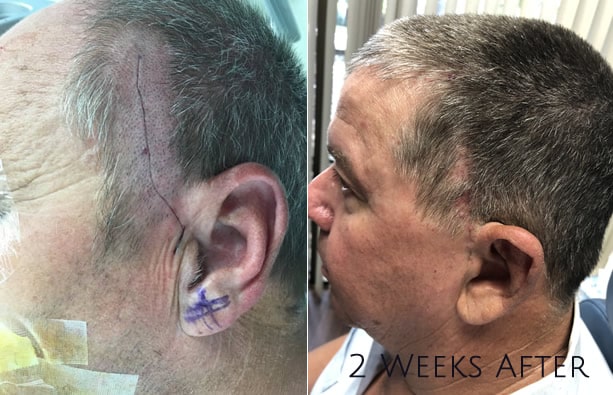Middle Cranial Fossa Approach to Acoustic Neuroma
The Middle Cranial Fossa approach to Acoustic Neuroma is a directed approach to smaller tumors that are typically confined to the internal auditory canal. This approach essentially exposes the area above the inner ear and the internal auditory canal/tumor and once exposed the tumor is identified by dropping down onto the area of involvement without affecting the inner ear. The approach is carried out around the inner ear without exposing the hearing organ or balance system. Various landmarks in the temporal bone are used to identify the area of the tumor that is located within the bony internal auditory canal. Once the location of this tunnel is identified, we create an “elevator shaft” down onto the tumor within the internal auditory canal and can remove the Acoustic Neuroma from the cochlear nerve and the facial nerve.
At The Center for Acoustic Neuroma, we have developed a modified technique to decrease temporal lobe brain retraction and injury and improved visualization and access to area of the internal auditory canal when using the middle fossa approach. Our experience has been published showing usable hearing preservation in 70% of patients after middle cranial fossa resection and good facial outcomes in 95% of patients (paper reference).
It is of critical importance that the correct treatment option is considered for every patient individually. Careful review of the tumor location within the skull base along with sophisticated hearing tests to assess residual hearing function is highly important to ensure that the best options are considered. The Middle Cranial Fossa approach is ideal for a small tumor limited to the internal auditory canal with preserved hearing.

